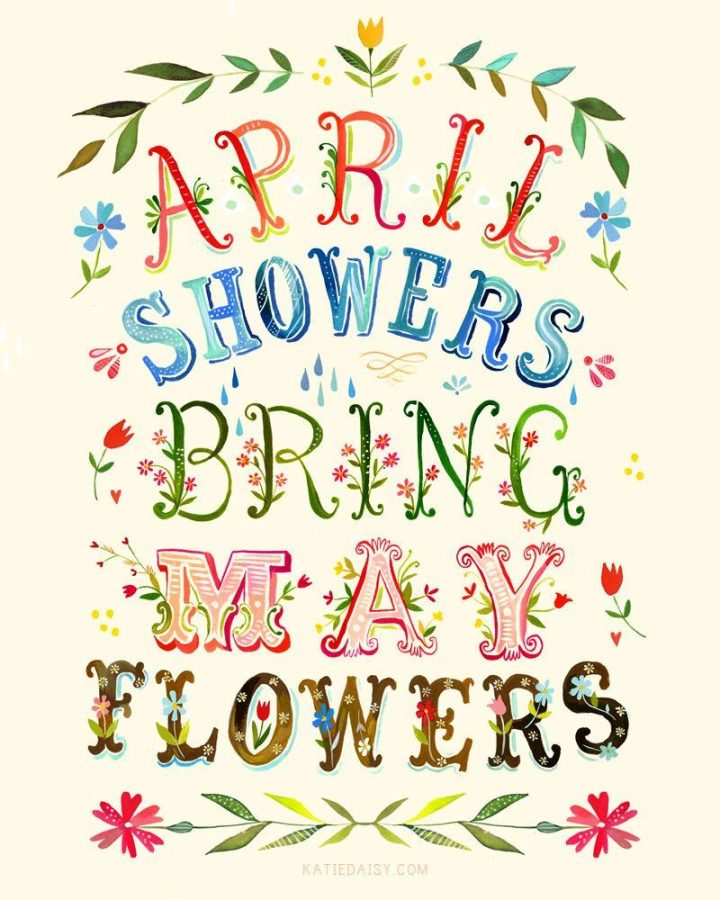April Showers Bring May Flowers: Is it accurate?
As April shifts slowly into May, “April showers bring May flowers” is something that is going to be said by a lot of people.
However, where does the idiom come from, and is it really accurate?
The rhyme doesn’t have a clear-cut origin. Popular use reaches back to the mid-1500’s, though earlier use is almost a certainty.
In 1557, Thomas Tusser, an English poet and farmer, published his book Five Hundred Points of Good Husbandry, an expansion on his instructional poem A Hundreth Good Pointes of Good Husbandrie.
In this book, he published the small poem that read:
“Swéete April showers
Doo bring Maie flowers”
This is the first time the rhyme was recorded, and as the book was printed and spread, so too did the usage spread.
The question still remains, is it really accurate?
In the United Kingdom and Ireland, an April Shower is a heavy downpour of rain that happens in early fall, typically April.
These downpours happen because of a jet stream. Jet streams are narrow bands of fast moving air currents that circle the globe. There are two types of jet streams, polar jet streams, and sub-tropical jet streams. The differences between the two types are minimal, not even a temperature difference, but polar streams move much faster.
In early spring, the polar jet stream that crosses over Europe shifts position to draw strong winds and rain in from the Atlantic Ocean. In one day, the weather can shift from warm spring sunshine to unforgiving winter sleet and snow.
Like Europe, Northern Kentucky is very close to a jet stream, a sub-tropical jet stream. This stream, in spring, brings water from the Pacific Ocean across the United States to dump over the land.
This abundance of rainwater, and sometimes sleet and snow, soaks into the soil and feeds the seeds and plants left behind from fall and winter.
So, April Showers do exist, and they do bring May Flowers in the end.
Your donation will support the student journalists of Highlands High School. Your contribution will allow us to cover our annual website hosting costs.



